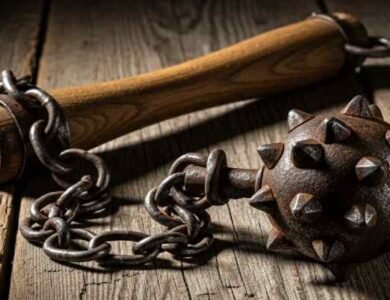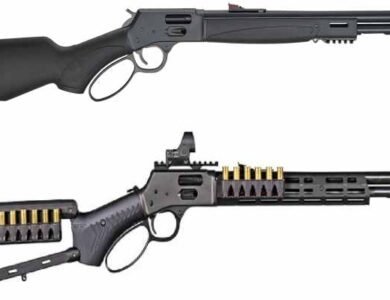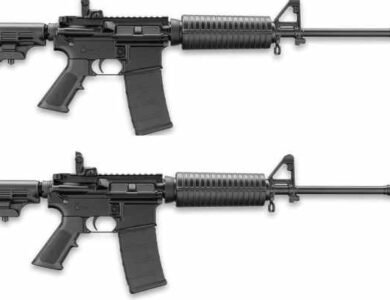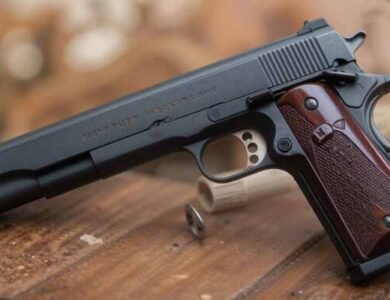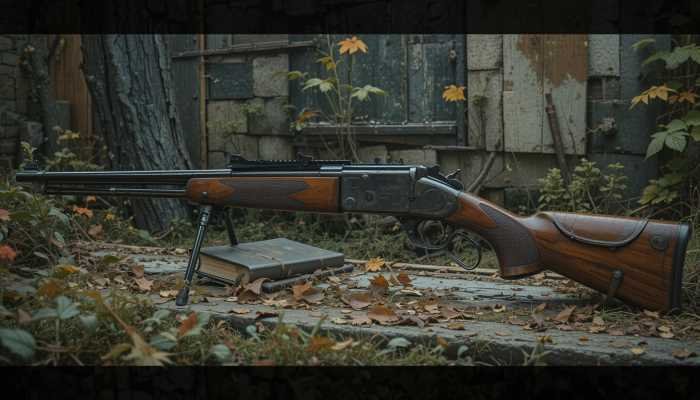
The Remington 1100 remains one of the most popular semi-automatic shotguns in America. Whether you are a hunter, sport shooter, or collector, this firearm has something to offer. In this article, we explore every important detail you need to know.
A Quick History of the Remington 1100
The Remington 1100 was first introduced in 1963. It was designed as a gas-operated semi-automatic shotgun. The model became famous for its low recoil and smooth cycling.
It quickly gained attention in the trap, skeet, and sporting clay communities. Hunters also loved it for its reliability in the field.
Over the years, Remington released many versions of the 1100. These include different gauges, barrel lengths, and special editions.
Why the Remington 1100 Stands Out
The Remington-1100 stands out for several reasons:
-
Low felt recoil
-
Durable parts
-
Wide range of calibers and gauges
-
Classic look with wood or synthetic stock
-
Trusted for over 60 years
Unlike pump-action shotguns, the 1100 is gas-operated. This means it uses gas from the fired shell to cycle the next round. It gives you a softer shooting experience.
Remington 1100 Shotgun Models and Gauges
There are many models of the 1100. Each one is tailored for a specific need. Let’s break down the popular versions:
Remington 1100 12 Gauge
The 12-gauge version is the most popular. It is often used in trap and skeet shooting. It is also common among home defense owners and hunters.
-
Barrel Length: 26–30 inches
-
Shell Size: 2¾-inch shells
-
Use: All-around
Remington 1100 20 Gauge
The 20-gauge is a lighter alternative. It is great for younger shooters or people who want less recoil.
-
Barrel Length: 26 inches usually
-
Use: Hunting small game, sport shooting
Remington 1100 410
The .410 bore model is very lightweight. It’s not as powerful, but perfect for beginners and target practice.
-
Barrel Length: Around 25 inches
-
Use: Small game, clay targets
Remington 1100 16 Gauge
Less common, but still appreciated by many hunters. It offers a balance between 12 and 20 gauges.
-
Use: Bird hunting
Remington 1100 28 Gauge
Light and fast. Popular for skeet shooting and quail hunting.
-
Use: Light upland game
Also Read: Ruger LCP Max: Compact Power in Your Pocket (Full Guide)
Remington 1100 Tactical
This is the home defense or law enforcement version. It comes with shorter barrels and tactical furniture.
-
Barrel: 18.5 inches
-
Features: Synthetic stock, ghost ring sights, or rails
-
Use: Self-defense
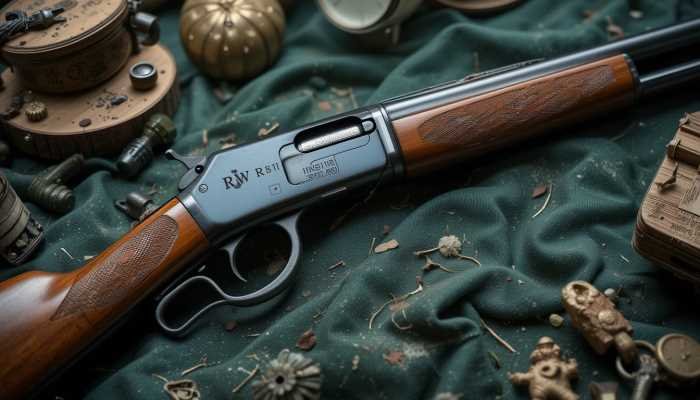
Remington 1100 Parts and Maintenance
One great thing about this shotgun is the easy availability of Remington-1100 parts.
Common Replaceable Parts:
-
Gas rings
-
O-rings
-
Barrels
-
Stocks
-
Trigger groups
-
Magazine tube caps
Regular cleaning is essential. Make sure to clean the gas ports and piston regularly. This keeps cycling smooth.
Remington 1100 Barrel Options
There are many Remington-1100 barrel choices available. They vary in length and purpose.
Most Common Barrel Lengths:
-
18.5 inches (Tactical)
-
26 inches (Field and Sporting)
-
28 inches (Trap and Skeet)
You can switch barrels easily. That makes it easy to go from hunting to home defense or sporting use.
Remington 1100 Stock Types
You can find the Remington-1100 with different stocks:
-
Wood stock – Classic walnut look
-
Synthetic stock – Durable, tactical feel
-
Adjustable stock – Found in tactical models
The Remington-1100 stock can be replaced easily. Many aftermarket brands offer custom options too.
Remington 1100 Trap Model
The Remington-1100 Trap is specially designed for trap shooting. It usually has a higher rib, longer barrel, and enhanced stock fit.
-
Barrel: 30 inches
-
Choke: Full choke usually
-
Use: Competitive trap
Remington 1100 Sporting Versions
These are great for sporting clays and general shooting sports.
-
Comes in 12, 20, 28 gauge, and .410
-
Features extended chokes
-
More stylish finishes
The Remington-1100 Sporting is highly respected in shooting clubs.
Remington 1100 Price Guide (2025)
The price can vary depending on the model, age, and condition. Below is a price range for 2025:
| Model | Estimated Price (USD) |
|---|---|
| Remington-1100 12 Gauge | $700 – $1,200 |
| Remington-1100 20 Gauge | $750 – $1,100 |
| Remington-1100 Tactical | $800 – $1,300 |
| Remington-1100 .410 | $950 – $1,500 |
| Vintage/Collector Models | $1,000 – $2,000+ |
The Remington-1100 price also depends on aftermarket parts, condition, and serial number.
Remington 1100 Value in 2025
Collectors still value the Remington-1100 highly. Especially the models from the 60s and 70s. A well-kept vintage piece can fetch over $1,500.
Models with original boxes, engraving, or limited edition serials increase in value over time.
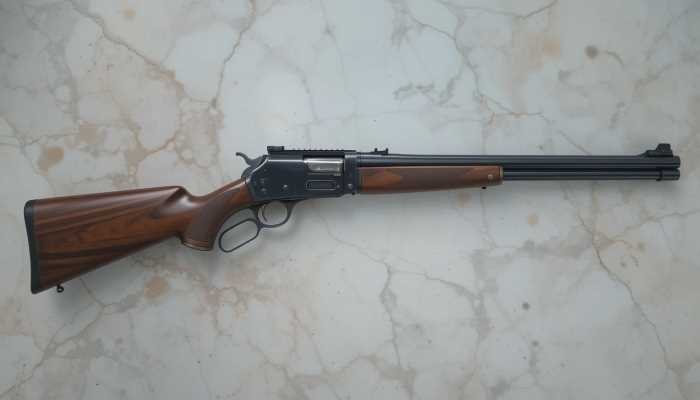
Advantages of the Remington 1100
-
Low recoil compared to pump shotguns
-
High reliability in cycling shells
-
Great for sport and field
-
Long-term investment
-
Wide availability of parts
Disadvantages
-
Requires cleaning more often due to gas operation
-
Not ideal for newer 3″ magnum shells
-
Older models may need part replacements
Tips to Maintain Your Remington 1100
-
Clean after every 100–200 rounds.
-
Lubricate moving parts lightly.
-
Replace worn O-rings.
-
Store in a dry place to avoid rust.
-
Use proper ammo size (mostly 2¾-inch shells).
Should You Buy the Remington 1100?
Yes, if you’re looking for a reliable, time-tested shotgun. It’s great for beginners, intermediate shooters, and experienced sportsmen alike.
If you need a versatile, soft-shooting, and well-made shotgun, the Remington-1100 is a solid choice in 2025.
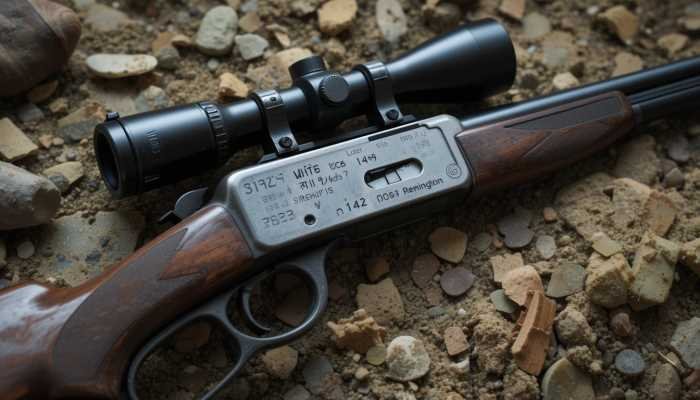
Also Read: Beretta A300 Ultima Patrol: Full Review & Buyer’s Guide
Final Thoughts
The Remington 1100 is one of the most iconic shotguns ever made. With over 60 years of service, it still holds strong in 2025. Whether for hunting, home defense, or clay shooting, this shotgun delivers reliable results.
If you already own one, take good care of it. If you’re planning to buy one, you won’t regret it. The Remington-1100 shotgun is a true American classic.
Frequently Asked Questions (FAQs)
Q1: Can I use 3-inch shells in my Remington 1100?
A: Most models are designed for 2¾-inch shells. Only some rare Magnum models support 3-inch shells.
Q2: Is the Remington 1100 good for home defense?
A: Yes. The Remington-1100 Tactical version is built for that purpose.
Q3: What is the difference between the 1100 and 1187?
A: The 1187 is a newer model that handles 3-inch shells better. But the 1100 is lighter and smoother.
Q4: How often should I clean the gas system?
A: Clean it every 100–200 rounds for best performance.
Q5: Where can I find Remington 1100 parts?
A: Parts are available from Remington, Brownells, Numrich, and other major suppliers.

